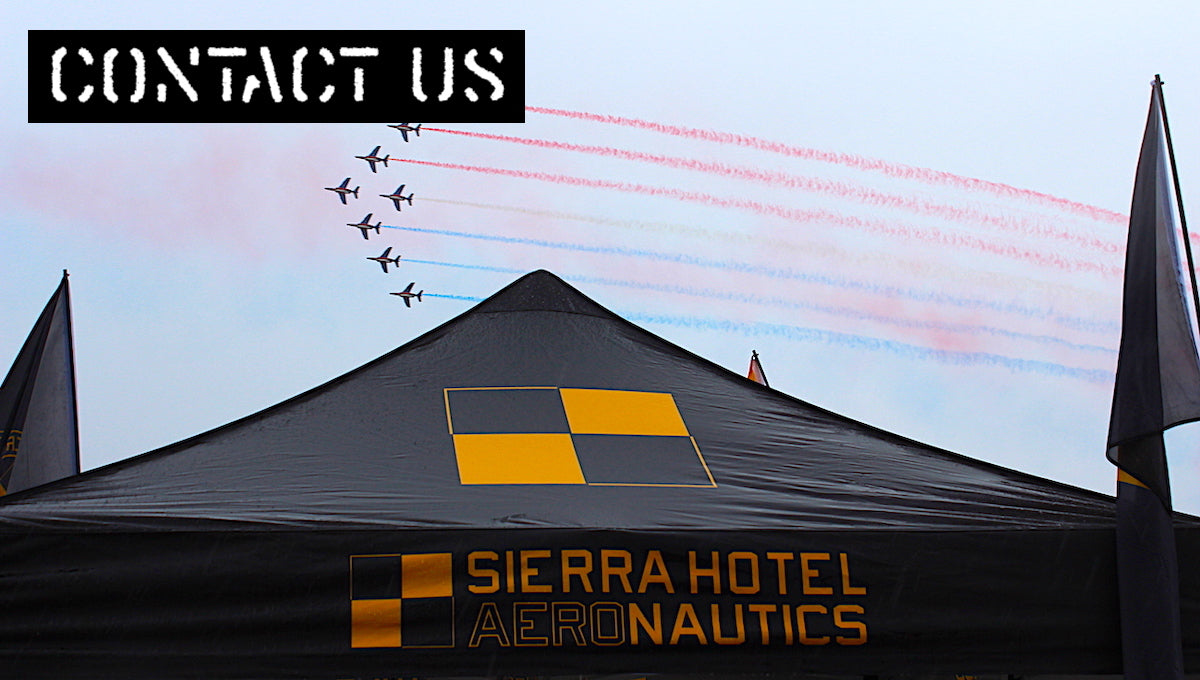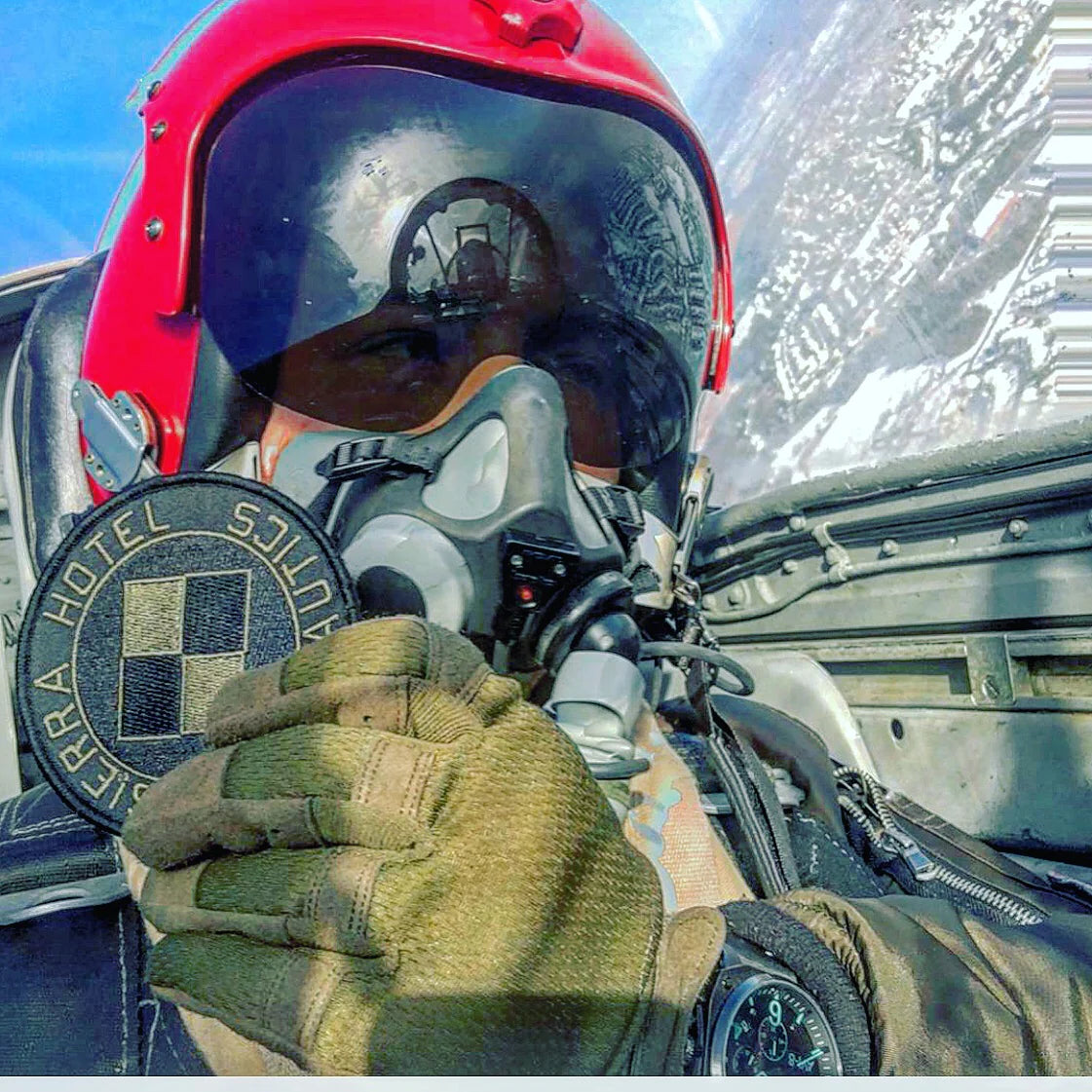The Day Hoover departed in a Spitfire…and came home in a Focke Wulf!

Young Robert Anderson Hoover learned to fly at Berry Field in Nashville, Tennessee while working at a local grocery store to help pay for his flying lessons. Eventually, Robert enlisted in the Tennessee National Guard and was sent for further military pilot training with the United States Army.
After completion of his training, Robert transitioned overseas to Casablanca for his first major assignment, flight testing an assortment of newly assembled aircraft. Robert was then assigned to the 52nd Fighter Group in Sicily, where he was to commence flying the famed elliptical-winged beauty, the Supermarine Spitfire.

On February 9th, 1944, Bob was on his 59th mission, when his Mark V Spitfire started to develop mechanical issues, and most unfortunately, the timing coincided with crossing paths with a German fighter on patrol. Sadly, for Bob, his crippled Spitfire was spotted, then jumped by an enemy Focke-Wulf Fw 190 just off the coast of Southern France.

The dogfight did not last long; the handicapped Spitfire was shot down by the German fighter, and although Bob successfully bailed out of his stricken aircraft, he was subsequently pulled from the ocean waters by a K130 Braunschweig class German Navy Corvette ship and placed in the Stalag Luft 1 Prisoner-of-War-Camp camp located in Barth, Germany.
The camp barracks were rough, wood frame structures standing on small foundation posts about 8 to 10 inches off the ground, surrounded by a series of shallow trenches Germans had dug to allow guard dogs to creep along and detect any possible POW tunnelers.
POW Bob Hoover spent 16 months at Stalag Luft 1, along with approximately 9,000 other American, British and Canadian airmen, until one fateful night, a riot broke out, involving well over a thousand prisoners. Despite the fact that Dwight Eisenhower had issued an order for Allied prisoners to no longer attempt to escape due to the rapid advance of the Allied forces, Hoover chose to seize the moment, and managed to scale the camp perimeter fence and escape, along with two other POWs.
The Trio of escapees made their way down a dirt road to a German farmhouse where a lone woman took the desperate trio in, giving the starving soldiers something to eat.
In repayment for the German woman’s kindness, as the men were preparing to leave, Hoover handed her a note, intended for her to give to the American army in the coming weeks. The note stated that she had selflessly assisted the three Allied soldiers, and to treat her kindly.
As the men were leaving her home, as a last gesture of generosity, the woman handed Hoover her only gun, along with several extra magazines.
They fortuitously found some bicycles, taking them to assist their escape, the men rode several miles on the dirt road before coming across what seemed to be an old abandoned airfield. There were multiple damaged, and unflyable German aircraft scattered around the field. Hoover eagerly began inspecting them all, until coming upon a Focke Wulf Fw-190, with some structural damage, and full of bullet holes, but seemingly still capable of flight. In a twist of irony, this was the same type aircraft as the one that had shot Hoover down so many months ago.

Under the cover of darkness, Hoover tried to familiarize himself with the strange enemy fighter, unfortunately, the airfield was evidently not as abandoned as they thought, as a lone German mechanic had snuck up on them shouting HALT!
That would have been the end of this story, had the kind woman not given the trio of POWs her handgun, but instead, the German mechanic was quickly greeted by the handgun pointed directly at his head. Hoover demanded that he fire up the Fw-190 for him, then jumped into the enemy fighter, handing the gun to the other two POWs. Since this was a single-seat fighter, there was only room for one. The other two men would have to make their escape by land.
Wasting no time, Hoover elected not to taxi out to the runway, but instead, slammed the throttles to the Firewall, launching himself and his aircraft straight across the field, gaining precious airspeed, then leaping into the air. Now airborne, Hoover turned the fighter's nose Westbound, towards freedom. This same enemy aircraft that had caused him to become imprisoned so many months before, has now become the very instrument of his escape.

Hoover was no fool, he knew he was not out of the woods yet. Flying an enemy fighter with no means of communication back through Allied controlled airspace with prominent German markings on his wings, made Bob an easy target for any American or British pilot. He could not even bail out as he was not wearing a parachute. Things were not looking so great for Bob, but he wasn't going to give up now.
Westbound in the Luftwaffe Fw-190 Focke Wulf with no parachute, no nav, not even a map, Hoover had no way of knowing when he would be crossing into friendly territory.
Thankfully, as he threaded his way Westbound at low altitude, Hoover was greeted with a welcome sight….Windmills! That meant he had made it to the Netherlands, and was now over friendly territory.
Before allowing himself to be spotted by allied fighters, Hoover quickly set up to land in a farmer's field. As soon as his Fw-190 came to a stop, it was quickly surrounded by furious Dutch farmers armed with pitchforks who had rightly assumed Hoover was an enemy pilot.

After some tense moments of Bob hopelessly trying to explain himself to the angry Dutch farmers, a British supply truck fortuitously happened to drive by. Thankfully, Hoover was finally able to explain that he was in fact a friendly allied pilot, despite the fact that he had arrived in an enemy fighter.
After returning home stateside, Hoover went on to become a well respected Test Pilot, who became close friends with Chuck Yeager, and even flew as chase plane pilot as Yeager successfully broke the sound barrier, exceeding the speed of sound.

After his days as a fighter pilot, Test pilot, and flight instructor, Hoover became what is undoubtedly considered to be the greatest air show performer that ever was...
Revolutionizing the art of aerobatics, many times in aircraft not even designed to do so…Hoover was capable of absolute magic when behind the stick of any aircraft, but on that particular day in 1945, Hoover performed one maneuver that no other pilot had ever done. Hoover had departed in a Spitfire…and came home in an Focke Wulf!
Over the years, Bob, in his simple straw hat, had become an inspiration to all of us. His flawless stick and rudder skills, with consistently perfect execution, impossibly graceful energy management, and his obvious passion for aviation that he so loved to share... Known as the “Pilot’s Pilot", and gentleman to all. In consideration of all the above, it was his kindness, decency, and humility, that perhaps, was Bob's greatest trick.
Godspeed, Bob Hoover

"I don't think I possess any skill that anyone else doesn't have. I've just had perhaps more of an opportunity, more of an exposure, and been fortunate to survive a lot of situations that many other weren't so lucky to make it."
-Robert Anderson Hoover (January 24, 1922 – October 25, 2016)













Bob Hoover was North American Aviations chief test pil0t for many years in California (Edwards A/B).
I have flown 345 combat mission during 3 tours in VN, his flying ability made me feel like a student. I wish I could have met him.
R.I.P. Bob Hoover, you have earned it.
I had the incredible opportunity to sit next to Bob Hoover at the pre airshow briefing/meeting at Ranco Murietta. I considered myself a good pilot, but this guy was godlike to me. He did wonders with his Aero Commander. My C-130 demonstration paled. Late 80’s or early 90s.
Looking back as I sat next to him in my Nomex and he in a biz suit and straw hat we were quite the contrast. Great man and even greater pilot, RIP
Served him pancakes at an FAA breakfast in Palmer, AK 1994 or 95. Absolute gentleman!
“MAGIC” Gentleman!
Leave a comment